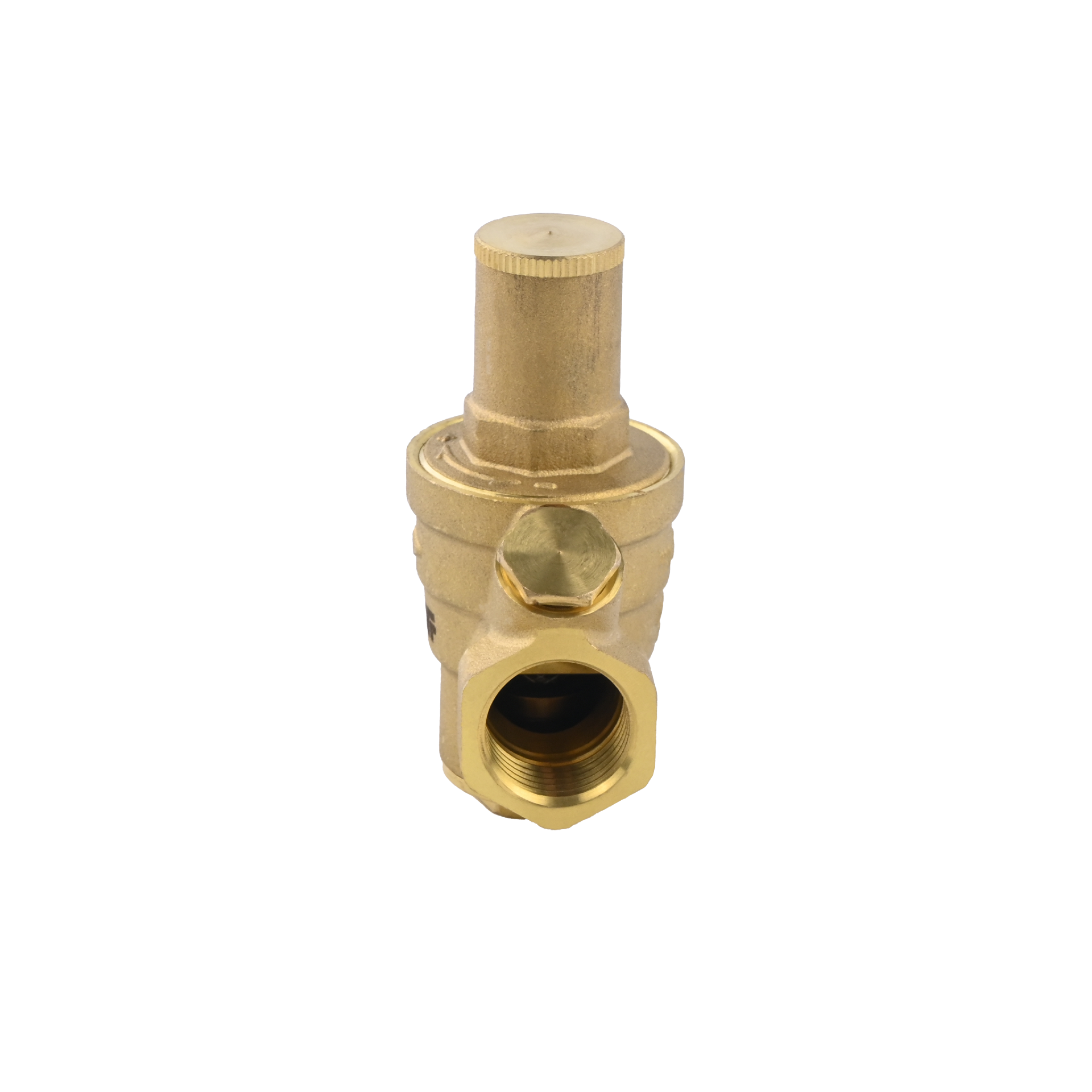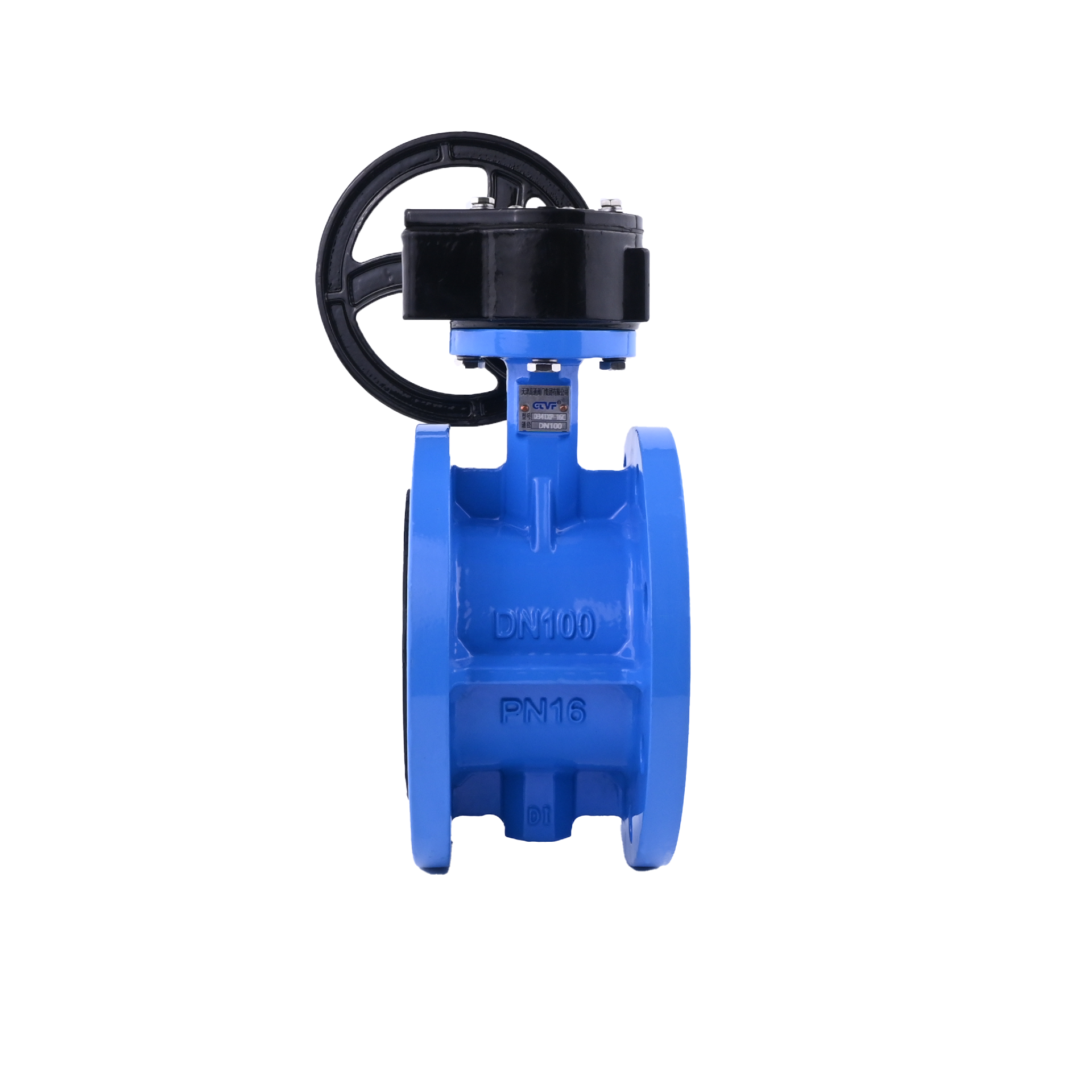Gate valve and globe valve are widely used in industry and life, although they are common valve types, but there are differences in many aspects. Below and high pass gate valve manufacturers together to understand.
First, the difference between gate valve and globe valve
Installation flow is different: When the globe valve is installed, it has a clear direction requirement, and it must be installed in strict accordance with the arrow direction marked on the valve body. This is because the internal structural design of the stop valve determines its specific flow direction, if the installation direction is wrong, it will not only affect the normal working efficiency of the valve, but also may lead to valve damage. The gate valve is more flexible in the installation flow direction, there is no clear provision, no matter from which direction the installation, its use effect is basically the same. This is because the spool structure and working principle of the gate valve make it less sensitive to the flow direction.

Different structure: From the perspective of structural complexity, the structure of the globe valve is relatively more complex. In the case of the same caliber, the height of the globe valve is usually shorter than the gate valve, but its length is longer. In addition, in terms of structural details, the globe valve is generally not configured with open and dark rods, and the gate valve is usually equipped with these two structures. The function of the open rod and the dark rod is to facilitate the operator to intuitively understand the opening and closing state of the valve, but also to facilitate the operation and maintenance of the valve.
Fluid resistance is different: the fluid resistance coefficient of the stop valve is generally between 3.5 and 4.5, which means that the fluid will be subjected to greater resistance when passing through the stop valve, which will have a certain impact on the flow rate and flow rate of the fluid. The fluid resistance coefficient of the gate valve is generally between 0.08 and 0.12, and the fluid is subjected to less resistance when passing the gate valve, and can flow more smoothly. This difference makes gate valves often more advantageous in scenarios with higher fluid flow and pressure requirements.
Second, the purchase of stop valve need to pay attention to what aspects
Clear use and media: Before choosing a stop valve, first of all, it must be clear about its specific use. If the globe valve is used to regulate or stop the flow of fluid, then it is necessary to further determine the type of fluid media, common media types include gas, liquid, etc. At the same time, it is also necessary to pay attention to whether the fluid is corrosive, whether it contains particle impurities and other characteristics. Different media characteristics have different requirements for the material and sealing performance of the globe valve. For example, for corrosive media, it is necessary to choose a corrosion-resistant valve material, such as stainless steel; For media containing particulate impurities, it is necessary to consider the wear resistance and anti-clogging performance of the valve.
Pay attention to the working pressure, flow rate and flow rate: When purchasing, the working pressure of the globe valve is a key factor, which refers to the pressure when the medium circulates in the valve body. If the working pressure is not selected properly, it may lead to the valve not working normally, and even a safety hazard. In addition, the flow speed and flow rate of the fluid can not be ignored, they are directly related to the ability of the valve to adjust the flow. In practical applications, it is necessary to select a stop valve that can meet the needs of flow regulation according to the design requirements of the system. At the same time, the size of the valve also needs to be carefully selected, the size of the globe valve is diverse, and the scope of application of different sizes of valves is different. In the selection, the actual use of the environment and construction needs should be fully considered to ensure that the selected valve size is appropriate, both to meet the flow requirements of the system, but also easy to install and maintain.







